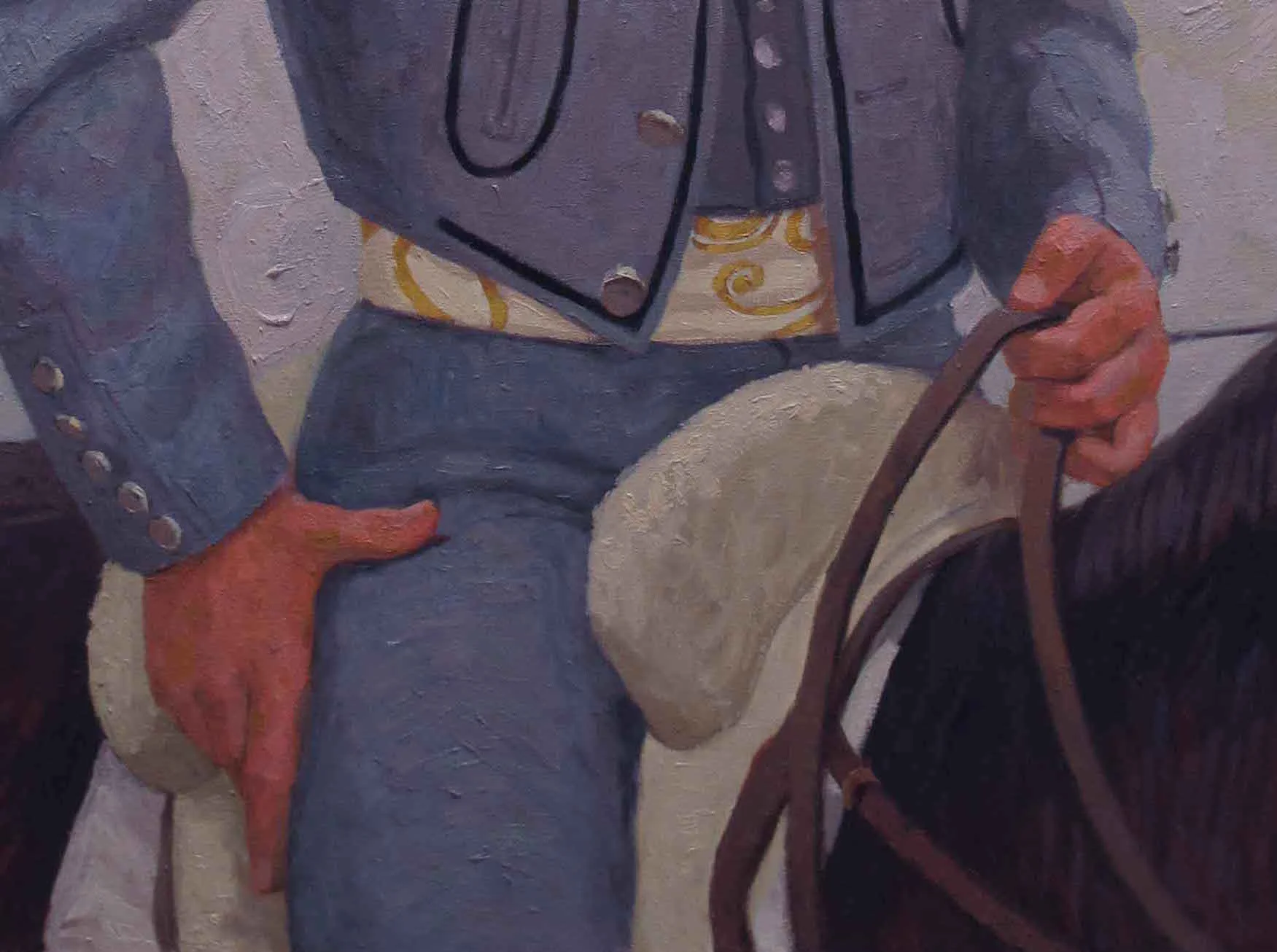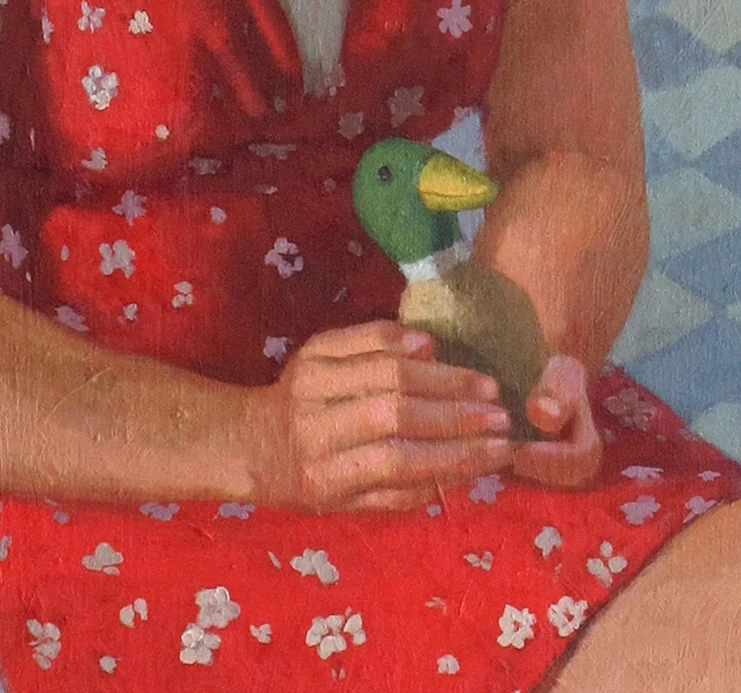Plein aire painting in Florence is heaven. Let me be more specific: it is my husband's heaven. I prefer figure painting and still life, and for me, plein air painting in Florence is a crowded and joyless business that involves too much brown. As Daud headed out into the heat-shimmering city with field easel clanking beside him, I put on a clean frock and went to the Bargello and the Uffizi galleries for refueling at the feet of my Italian gods.
I had rules:
1. no stopping at artwork which didn't amaze me from ten feet away
2. no reading labels first (for name recognition)
3. no pressing my body to the Paolo Uccello horses or screaming "give them to meeeeeeeeee"
Number 3 was really hard.
Though still digesting the tidal wave of inspiration, I rekindled my adoration of Boticelli and Bronzino, and was fascinated by hands. If you are a realist, hands can be the walk of shame. If you are highly skilled, hands tell the world what you believe: grace over reality, classical or modern, symbolic or naturalistic. In my youth one of the paintings which called me to the profession was in the Met, Sargent's Madame X. Particularly, THAT LEFT HAND. I noticed in the Uffizi that the hands of the Virgin Mary were most often patrician, stylized, graceful, highly polished. These were not the hands of a carpenter's wife, who would launder diapers at the river and cook over coals. The hands in the paintings indicated not the reality of Mary's caring for the young Christ child, but the idea of an education of grace, high ideals and beauty. Compare them with Rembrandt's hands in one of his later self-portraits.
Madame X, John Singer Sargent, oil on linen, 1844. The hands that sent me to art school. See them at the Metropolitan Museum, NYC
In the slide show below find a selection of my favorites from my museum wanderings, and a variety of painted hands. Let me know your thoughts on the matter if you have time.
















